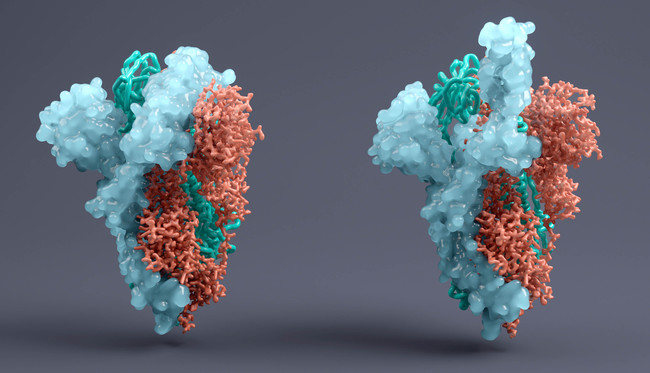Phase II/III Study of the RNA Vaccine Candidate BNT162b2 from BioNTech Approved in Germany
The Paul-Ehrlich-Institut, Federal Institute for Vaccines and Biomedical Medicines, has approved phase II/III clinical testing of a vaccine against COVID-19 for Germany.

The approved phase II/III study is taking place in around 120 study centers in Germany. It belongs to a worldwide study that started in other parts of the world in July 2020. BioNTech is the sponsor of the clinical trial, carried out by Pfizer. Clinical testing of a vaccine around the world enables data on efficacy as well as on tolerance and immunogenicity – the ability of the vaccine to trigger a specific immune response – to be compared in different ethnic groups.
Background – RNA Vaccine
The vaccine candidate from the Mainz-based biotechnology company BioNTech is a so-called RNA vaccine which is based on nucleoside-modified ribonucleic acid (RNA). It contains the genetic information for the construction of the genetically optimised form (stabilised prefusion conformation) of the full-length spike protein of Coronavirus-2 (CoV-2).
When vaccinating with an RNA vaccine, the genetic information for the construction of a harmless pathogen component is administered by injection into the muscle, for example. The RNA is taken up in some of the body cells of the vaccinated person. These body cells use the genetic information of the RNA to build the pathogen component. The pathogen components produced in this way in the vaccinated person are not infectious and do not cause any disease. The human immune system recognises the foreign pathogen as an antigen and regards the cells that built this pathogen as supposedly infected cells. It builds up a protective immune response against the pathogen and possibly against cells infected with the pathogen, which in the event of exposure intends to prevent the infection or at least the infectious disease or to alleviate its course.



